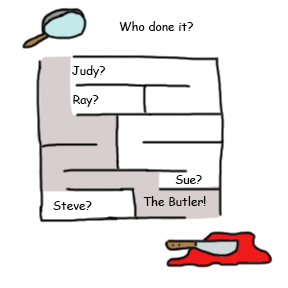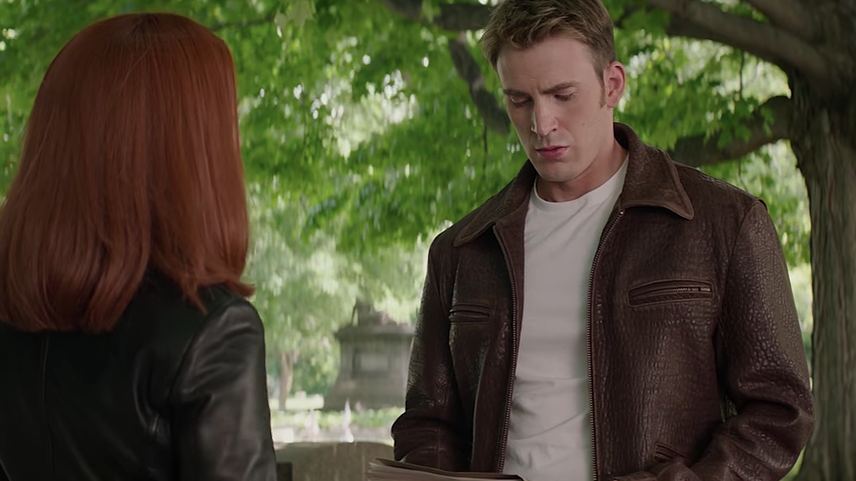I’m working on this story and one of the first readers said that I needed to “Show the main character making his decision.”
So I re-wrote it and I added all this internal dialog for the character waffling over his decision and… I realized I don’t know how to show a decision being made.
“I can’t make decisions myself! How can I have characters make decisions? Ugh. This reads like a nightmare of neurosis. Bob considered telling the cops, but no he couldn’t do that. He could ask for help from his neighbor, but no, that wouldn’t work, either.”
I cried, crumpled up my (virtual) paper and decided I was incapable of writing decisions.
But maybe I’m making this harder than it needs to be. As a writer, you usually know what decision you want the character to make. I had, after all, had this character make a decision.
Showing the decision wasn’t necessarily about transcribing all the neurotic waffling going on in his head. I just needed to show the other options, and give a hint of why he would pick them, before having him make his decision.
It’s like mysteries – so much is defined by the path untaken.

You don’t have to write out all the untaken paths – but you can look around the corner.
For example:
Michelle has to make a choice. Trust the hero or the villain. Save the girl or save the town. Fly to Mars or Jupiter. Whatever the choice, there are paths untaken and we can show hints of those.
Michelle’s eyes lingered on the Jupiter poster, its plush colors promising endless inspiration. The brochure for Mars, on the other hand, looked sterile and cold. How could Bill stand it there? Alone? Michelle closed her eyes and stepped up to the ticket counter, “One for Mars, please,” she said, fast, before she could change her mind.
Boom. Okay that wasn’t great, I’m just writing it here in a blog post – but the point is – you show the action that the decision creates. She buys her ticket.
I also didn’t tell you her arguments for or against. I showed you how those potential futures looked to her. The reader can infer the arguments.
Decisions are shown through action. Han chooses to shoot first. We don’t see him mull over his options, but it works as a character moment because we know he could have chosen not to shoot – the dialog with Greedo all centers around the path not taken – paying Greedo off or going with him to Jabba. We get to hear what might happen if he doesn’t shoot. Then he shoots.
Maybe what I’m saying is, you don’t have to explain why a decision is made a certain way – you just have to show that another choice is rejected.


